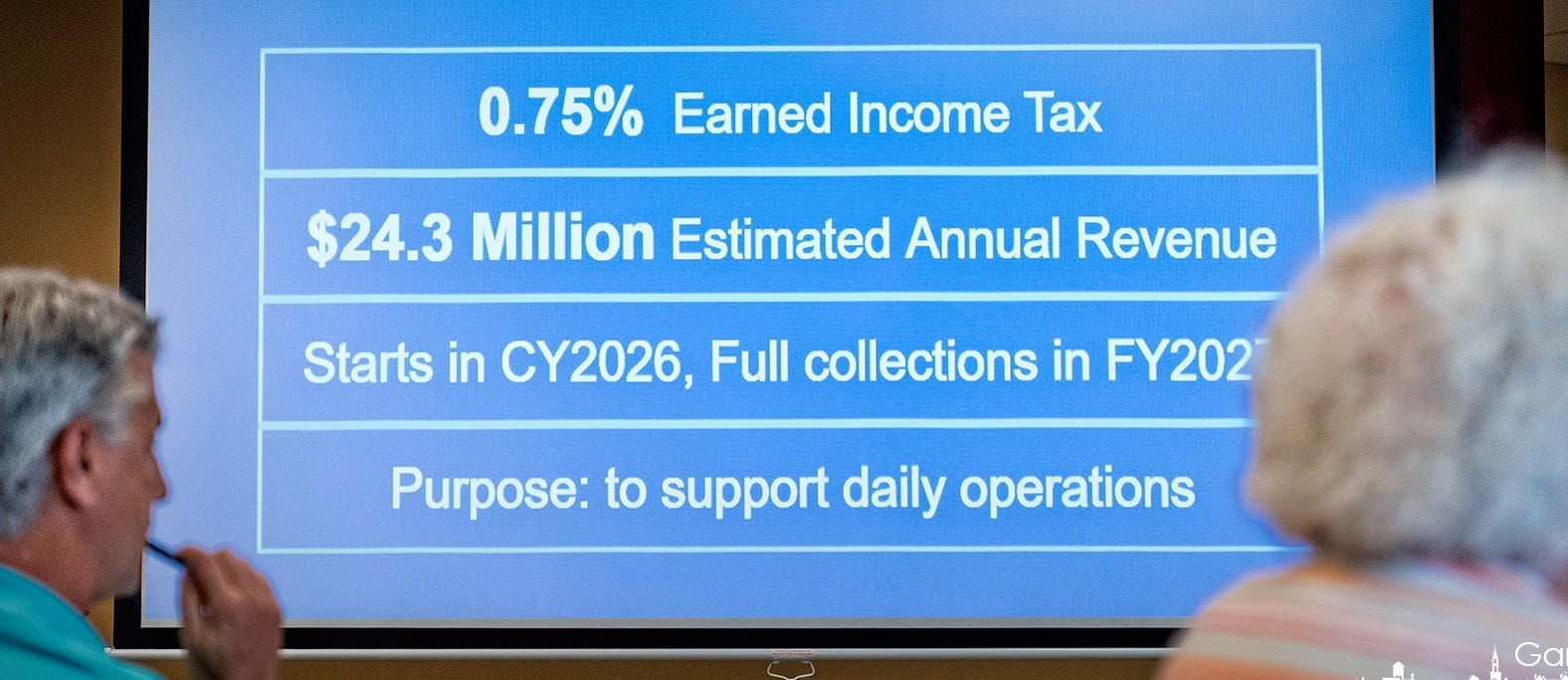Beyond the Balance Sheet: Is Westerville Focused on the Right Future?
Part 3: Beyond the Balance Sheet: Is Westerville Focused on the Right Future?
Intense community debates over star ratings and tax levies often hide a more fundamental question. Is our school system preparing its students not just for state tests but for a complex, rapidly changing world?
As outlined in this series, Westerville is a district with strong ac…
Keep reading with a 7-day free trial
Subscribe to The Westerville News to keep reading this post and get 7 days of free access to the full post archives.


